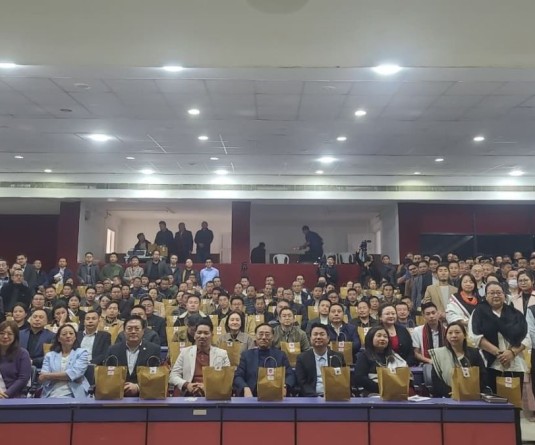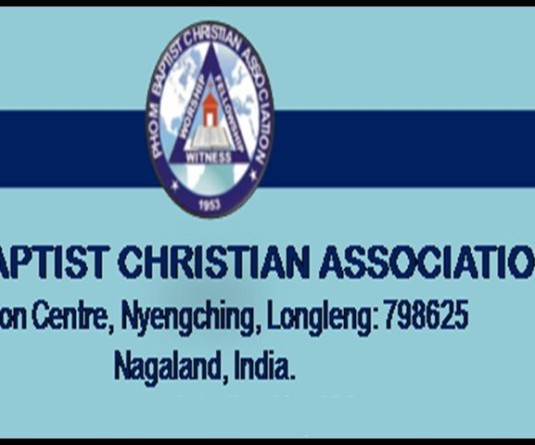
Morung Express News
Dimapur | July 3
In December 1996, the Supreme Court of India made a landmark ruling that fundamentally changed the face of the timber industry. The fallout of a civil writ petition (TN Godavarman vs. the Union of India and others) with regard to tree felling, the SC verdict on the case included an interim order prohibiting logging without government permission.
The order, regarded as a move to safeguard the forests and its resources from rampant exploitation, included curbing any forests related commercial activity – logging, timber mills and timber transportation. While it put a gag on unregulated logging, it stipulated measures for state governments to introduce sustainable timber-harvesting policy under strict supervision coupled with afforestation programmes.
In the North East, a region that was estimated to be contributing half of the country’s total timber production during that time, the impact was instantaneous. The once thriving and unregulated timber trade was reined in; simultaneously affecting the shutdown of an unspecified number of timber mills across the region and, to some extent, the economy of communities dependent on forests.
The respective state governments introduced state-specific regulations with Nagaland also implementing the Nagaland Tree Felling Regulation Rules (NTFR), 2002 concurrent to the existing ‘Working Schemes/Plans’ (timber harvesting programmes) enforced immediately after the SC order. The noose was officially tightened on the erstwhile unbridled ‘log business’.
Working Schemes, the NTFR and timber operations
Subsequent to the SC directive, a High Power Committee (HPC) was instituted by the Ministry of Environment & Forests as the regulatory body. The move resulted in the HPC instituting a monitoring mechanism in 1998 for regulating timber operations from source till the point of sale or identified depots beyond the North East.
The guideline included allotment of Working Plans/Schemes for timber harvesting. Under the Plans/Schemes, licence for timber extraction was issued in select community owned natural forests (in Nagaland’s case). Restriction was also stipulated on the volume of extraction for a set period or years depending on the area of operation with conditions for scheme renewal.
It came with the condition that timber harvested from such licensed operations could only be processed in mills with exclusive clearance or license to operate from the HPC. Rail wagons were then allotted for exporting the sawn timber subject to the quantum of availability, a norm in effect to date.
The NTFR, later introduced in 2002, regulated the cutting of trees from homestead and private plantations, including scattered trees, in Nagaland state.
HPC clearance and dwindling of timber mills
The enforcement witnessed a drastic reduction in the number of wood-related industries in the region, including Nagaland. While there is no conclusive record on the number of timber mills in operation leading upto the SC order, sources familiar with the timber trade note that not a single wood-related industry has been given clearance to run in the North East since 1999.
In Nagaland - as per the state Forests Department data, in the post-SC directive period, only a total of 45 timber mills have been given the clearance or licence by the HPC to operate from industrial zones. The actual number of HPC-cleared mills though is reported to exceed the official figure. The existing figure of HPC-cleared mills to date, as per a survey, is stated to stand at 49.






